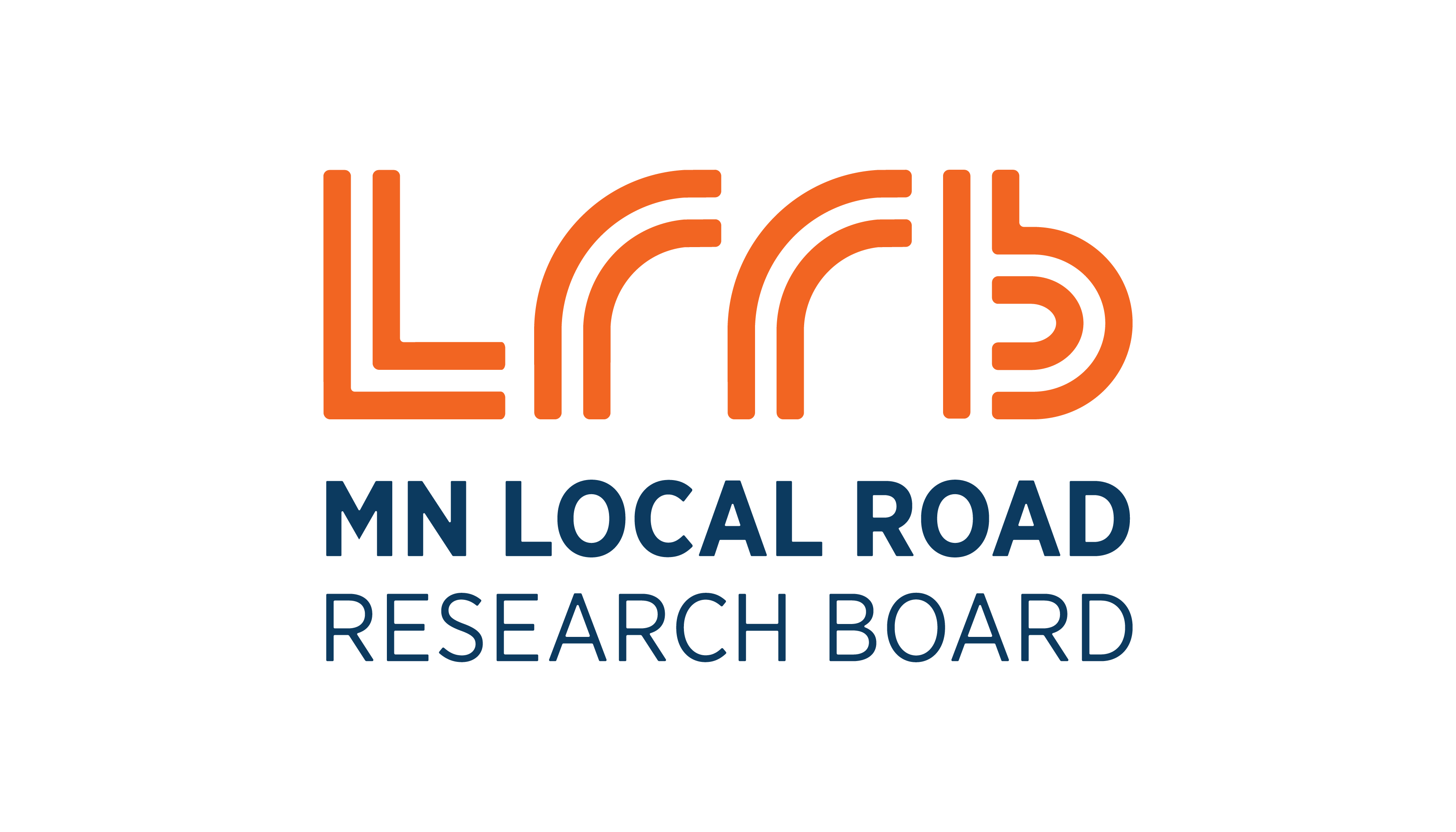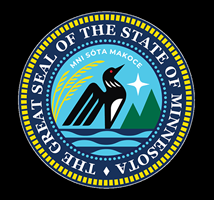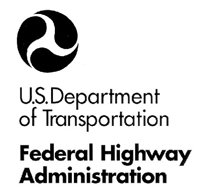Funding sources
Local

Local Road Research Board (LRRB)
The Minnesota Legislature established the LRRB in 1959. The goal of this program is to support research that is of interest to local engineers. Program funding is set at half of 1 percent of the state aid allocation. The LRRB is governed by a board consisting of county and city engineers, MnDot staff and a representative from the U of M's Center for Transportation Studies. MnDot's Office of Research & Innovation administers the LRRB program and research projects.
Research Implementation Committee (RIC)
The RIC is a subgroup of the LRRB. The goal of the RIC is to make information available and transfer research results into practical applications. The RIC oversight and operation is similar to the LRRB. A number of tasks are completed under a three-year consultant contract using the request for proposal process. Other tasks are completed under separate contracts with consultants or other agencies. The program is ongoing and problem statements are considered at any time. Funding is $220,000 per year which is allocated from the LRRB budget.
State

State Research Program (SRP)
Legislation passed in 1991 allows the commissioner of transportation to set aside up to 2% of the total amount of all funds appropriated to the agency (other than county, municipal, state and highway funds) for research activities. Universities and consultants can be funded using SRP dollars; however, MnDot salaries or in-house research cannot.
Implementation Funding Program (IMP)
This program is a subgroup of the SRP research program. The goal of the IMP is to apply research results in measurable ways that will lead to further implementation and improve the performance of MnDOT's investments. The program is administered by MnDOT Research & Innovation. Money may be used for procuring services, materials or equipment using state contract or bidding procedures.
Federal

State Planning and Research Funds (SPR)
SPR funds are distributed through the Federal Highway Administration (FHWA). Two percent of funds allocated to a state department of transportation (DOT) are set aside for activities under 23 CFR Part 420 Subpart A. A state DOT must expend no less than 25 percent of its annual SPR funds on research, development and technology relating to highways, public transportation, and intermodal transportation systems.
The FHWA SPR program is designed for research projects that are of national or regional interest. The goals are to leverage research funds and reduce duplication of effort by pooling State Transportation Improvement Program (STIP) funds (as mandated by the Safe, Accountable, Flexible, Efficient Transportation Equity Act: A Legacy for Users (SAFETEA-LU)). Funds can be used for pooled fund or single state studies.
National Cooperative Highway Research Program (NCHRP)
The goal of the NCHRP program is to conduct research in acute problem areas that affect nationwide highway planning, design, construction, operation, and maintenance. The states are the sole sponsors of the NCHRP program. Each interested state allocates 5.5% of its SPR funds to the NCHRP program. This program is managed by the Transportation Research Board. This program is geared toward research that is of national interest where solutions are not immediately needed. The NCHRP process takes over 2 years from the time the problem statement is submitted to execution of the contract.
